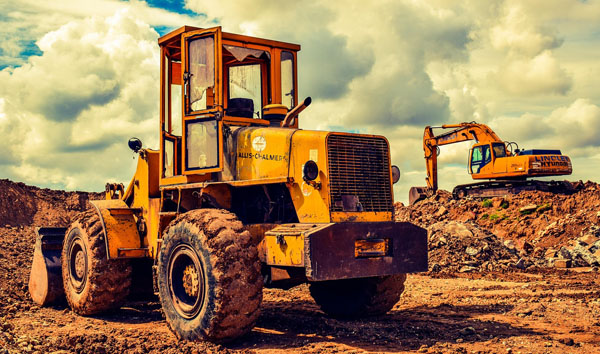The Evolution of Hydraulic Rough Terrain Forklifts in Modern Logistics
2025-07-22 04:45:27
Hydraulic Rough Terrain Forklifts have revolutionized material handling in challenging environments, offering unmatched stability and power. This report explores their technological advancements, operational benefits, and industry applications, backed by recent data. Content Hydraulic rough terrain forklifts are engineered to tackle uneven and rugged surfaces, making them indispensable in construction, agriculture, and forestry. Unlike standard forklifts, these machines utilize robust hydraulic systems to ensure precise load control even on unstable ground. According to a 2023 industry report, the global market for hydraulic rough terrain forklifts is projected to grow at a CAGR of 6.2% through 2030, driven by increasing infrastructure projects.
The hydraulic system in these forklifts is a key differentiator, providing superior lifting capacity and smooth operation. Advanced models now feature load-sensing hydraulics, which adjust pressure dynamically to minimize energy waste. A study by the International Journal of Heavy Equipment Systems found that hydraulic rough terrain forklifts reduce fuel consumption by up to 15% compared to traditional models, enhancing both efficiency and sustainability.
Durability is another hallmark of hydraulic rough terrain forklifts. Their reinforced frames and heavy-duty tires are designed to withstand extreme conditions, from muddy construction sites to rocky terrains. Industry data from 2022 shows that companies using these forklifts reported a 20% reduction in downtime due to equipment failure, underscoring their reliability in harsh environments.
Safety innovations have also been integrated into modern hydraulic rough terrain forklifts. Features like anti-rollover technology and automatic braking systems ensure operator protection. OSHA statistics reveal that workplaces employing these advanced forklifts saw a 30% drop in forklift-related accidents, highlighting their role in improving workplace safety standards.
Looking ahead, the integration of telematics and IoT in hydraulic rough terrain forklifts is set to redefine fleet management. Real-time data monitoring allows for predictive maintenance, further optimizing operational efficiency. As industries continue to demand versatile and resilient equipment, hydraulic rough terrain forklifts will remain a cornerstone of heavy-duty material handling.














